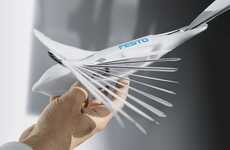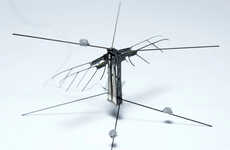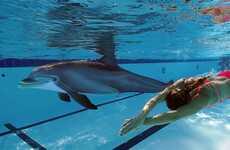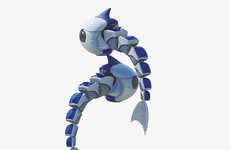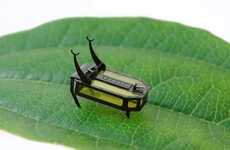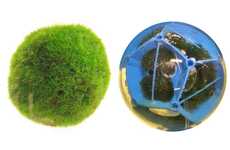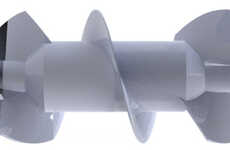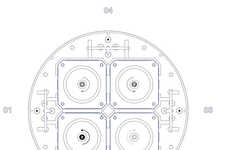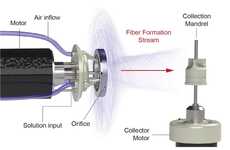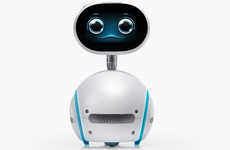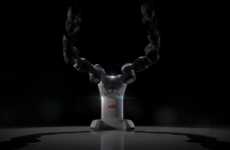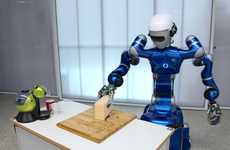
Rat Muscle Was Used to Power a Bio-Hybrid Stingray
Hayley McGlone — July 10, 2016 — Tech
References: sciencemag.org & popsci
A research team at Harvard University's Department of Bio-engineering and Applied Sciences has developed a bio-hybrid stingray robot. The biorobotic stingray is powered by rate muscle cells. According to the research team behind it, "the biorobotic stingray has pushed the field forward with a complex propulsion mechanism triggered by light, which allows the bio-bot to be steered around obstacles."
The remarkable bio-bot is made from rat muscle, elastic polymer (similar to breast implants) and gold. The skeletal structure of the stingray is made of gold, and the tiny biorobotic stingray is about the size of a penny. The scientists successfully got the bio-bot to mimic the swimming motion of a real stingray.
Kit Parker is the cardiac physiologist who created the idea for the biorobotic stingray. His hope is that this project will put biorobotics one step closer to being able to build a functioning human heart.
The remarkable bio-bot is made from rat muscle, elastic polymer (similar to breast implants) and gold. The skeletal structure of the stingray is made of gold, and the tiny biorobotic stingray is about the size of a penny. The scientists successfully got the bio-bot to mimic the swimming motion of a real stingray.
Kit Parker is the cardiac physiologist who created the idea for the biorobotic stingray. His hope is that this project will put biorobotics one step closer to being able to build a functioning human heart.
Trend Themes
1. Bio-bots - Developing bio-hybrid robots powered by organic cells opens up opportunities for creating advanced and lifelike robotic systems.
2. Bio-inspired Propulsion - Incorporating natural propulsion mechanisms, such as the swimming motion of stingrays, into robotic designs can lead to innovative and efficient movement in various industries.
3. Biorobotics - Advancements in biorobotics, such as the bio-hybrid stingray, pave the way for potential breakthroughs in medical applications and the development of artificial organs.
Industry Implications
1. Healthcare - Disruptive innovation opportunities in healthcare include the potential for creating biocompatible implants, robotic prosthetics, or even artificial organs using bio-hybrid technology.
2. Robotics - The field of robotics stands to benefit from the integration of bio-inspired propulsion mechanisms, which can enhance mobility and maneuverability in various types of robots.
3. Biotechnology - The advancements in biorobotics open new avenues for biotechnology, presenting opportunities for research in tissue engineering, regenerative medicine, and bio-electronics.
4.3
Score
Popularity
Activity
Freshness

